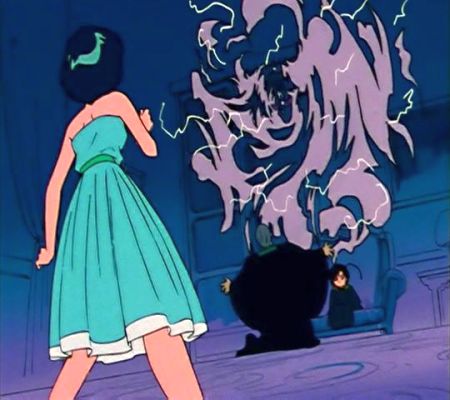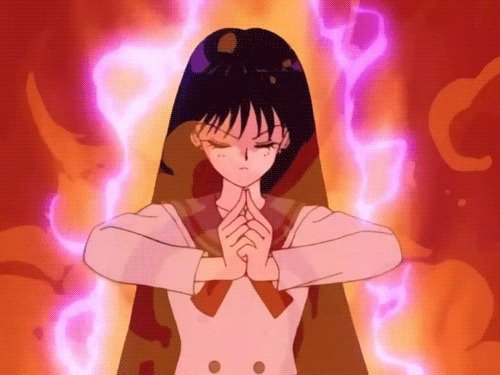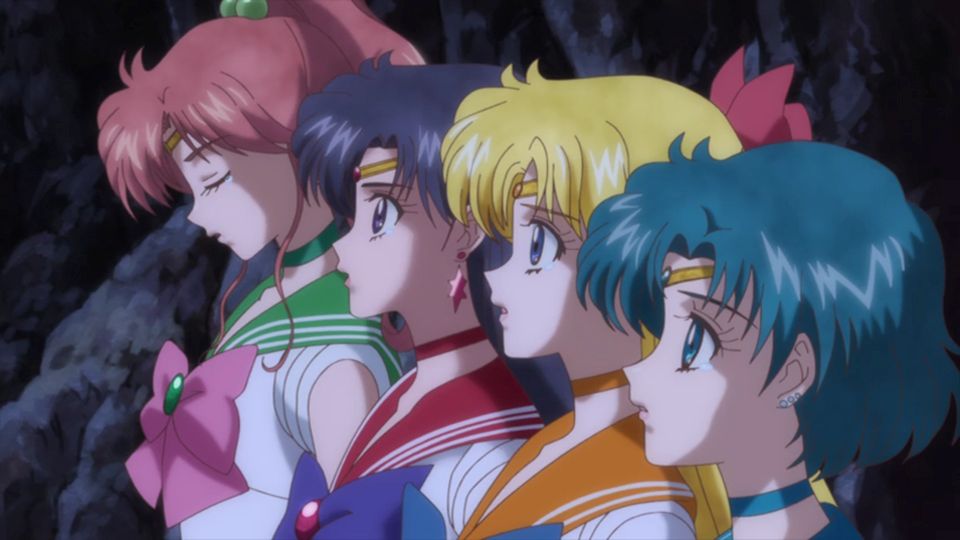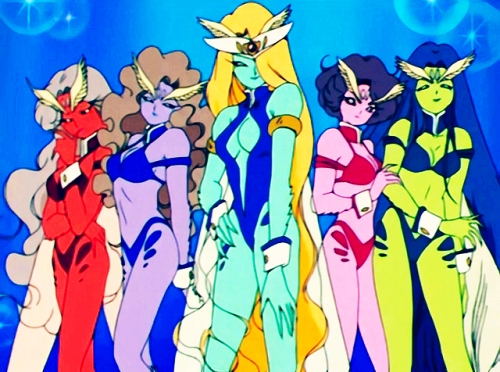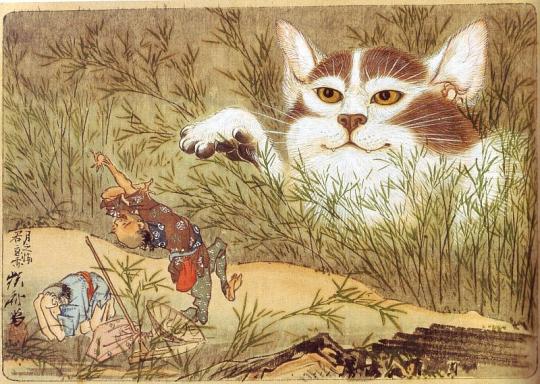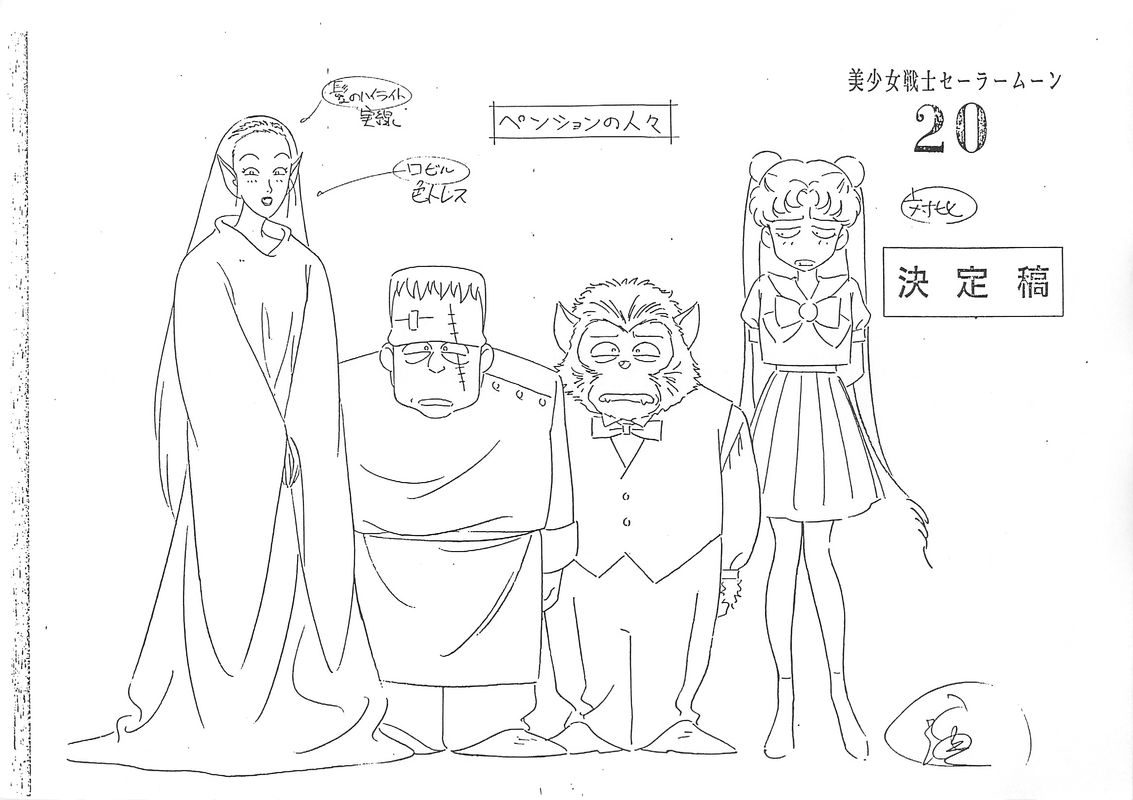
Reference Sketches for Episode 20
While it’s pretty well known that the way each of the Four Kings of the Dark Kingdom went about their job was different (as well as the objectives assigned to them by Queen Beryl), one of the interesting “blink and you’ll miss it” facts about this arc is that the youma who served under them were also different. I’d like to also go into how each of their names were also unique/relevant to the episode that they appeared in, but we’ll need to go into that sometime later due to the sheer volume of names we’d have to look at. So for now, let’s take a look at how the youma under each of the Four Kings differed!
Jadeite
In nearly all of the Jadeite episodes, there was generally some sort of transformation taking place, usually in the form of either Jadeite himself or the youma he dispatched dressing up and pretending to be a human. In the first episode, for example, Morga had abducted Naru’s mother and pretended to be her for at least several days. Though it’s unclear how long Naru’s mother was abducted, we do know that jewelry sales were going on for several days and in the manga she remarks that Naru’s mother is dying of starvation as they speak. Though it’s not always clear if they take the place of specific humans or sometimes simply make up an identity, this is the running theme throughout the Jadeite arc. Not one to miss out on the cosplay action, Jadeite himself also gets involved in multiple episodes: 3 (as a radio DJ), 10 (bus driver), and 11 (security guard) off the top of my head.
Nephrite
Nephrite is somewhat unique in that he gets involved more directly than the other Kings. However, the youma that he oversaw typically differed with those from Jadeite’s in that they rarely (if ever?) would actually transform into or pretend to be humans, but rather would possess Nephrite’s target as identified through his fortune-telling or something that belonged to and was important to them in order to steal their energy. Tesni and the tennis racket, Widou and the cloth, and Kyameran and the camera are all good examples of this. There is one exception to this rule, though, in episode 19 with Neprite Kamen, but I guess he just wanted a chance to be in the lime light!
Zoisite
Zoisite’s case is a bit different, since the majority of the youma working under (with?) him can’t even be said to be serving under him at all in the first place. However, nearly all of those that appear in this arc are one of the Seven Great Youma, each tied to one of the seven Rainbow Crystal shards and being reincarnated as humans. They were said to have been the strongest of Queen Beryl’s minions, so it’s possible that several millennia they served under Zoisite, but that’s unclear.
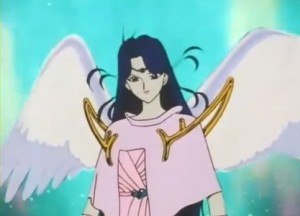
Binah – One of the Seven Great Youma (Ep. 28)
So anyway, the youma in this arc are unique in that they are all monsters reborn as humans, which has imbued their human form with special powers. Their youma form typically assumes a trait of the person they inhabited.
That’s not always the case, however, as seen in episodes 23 and 24, with Yasha and the three youma Zoisite sent to kill Nephrite. Unfortunately, with so few examples, we can’t really find a common theme between them.
Kunzite
Kunzite’s situation is interesting in that it’s basically the opposite of what Jadeite did: rather than have youma take the place of (or pretend to be) a human, he simply turned a human into a youma to cause them to do his dirty work. Though it’s not clear (and never really explained in the series) if he causes a youma working under him to possess the human and Sailor Moon uses the power of the Silver Crystal to destroy it or if he simply imbues the human with powers which causes them to become a youma, which Sailor Moon cleanses from them. My guess is the latter, since they still seem to have human emotions and maintain their relationships, as is the case with Janelyn and Misha in episode 39.
For something so minor and that could’ve easily devolved into a “monster of the day” segment, I’m personally glad that the anime producers went so far out of their way as to treat all of the Four Kings differently. Not only were their tasks different, but the way they went after their tasks were also sufficiently different and definitely kept the series interesting through the whole season!
